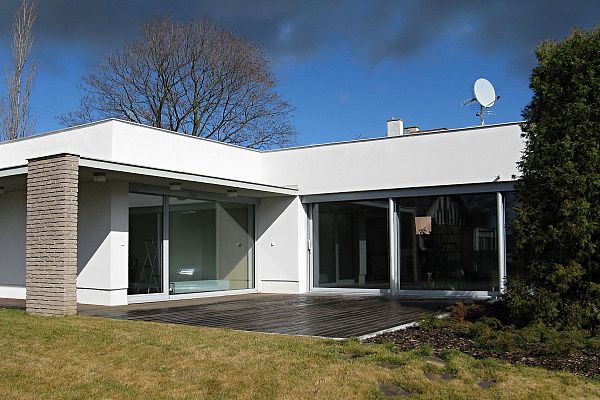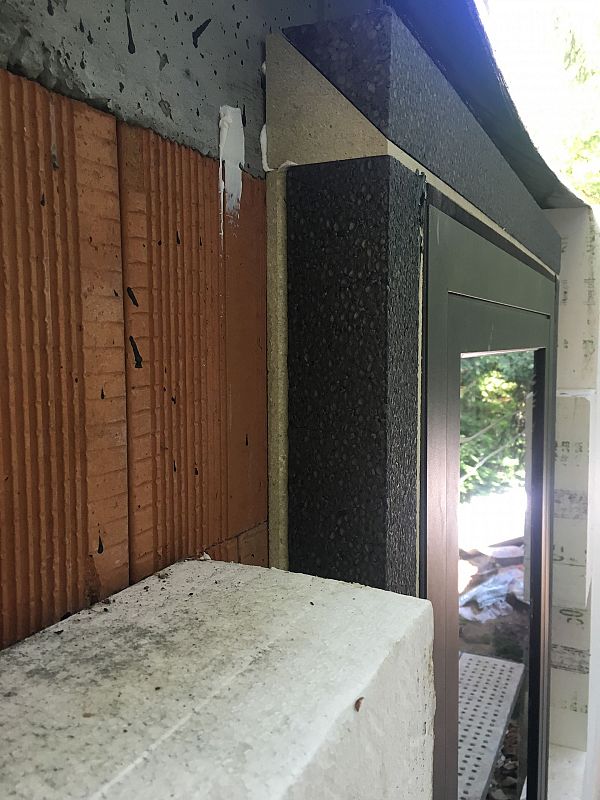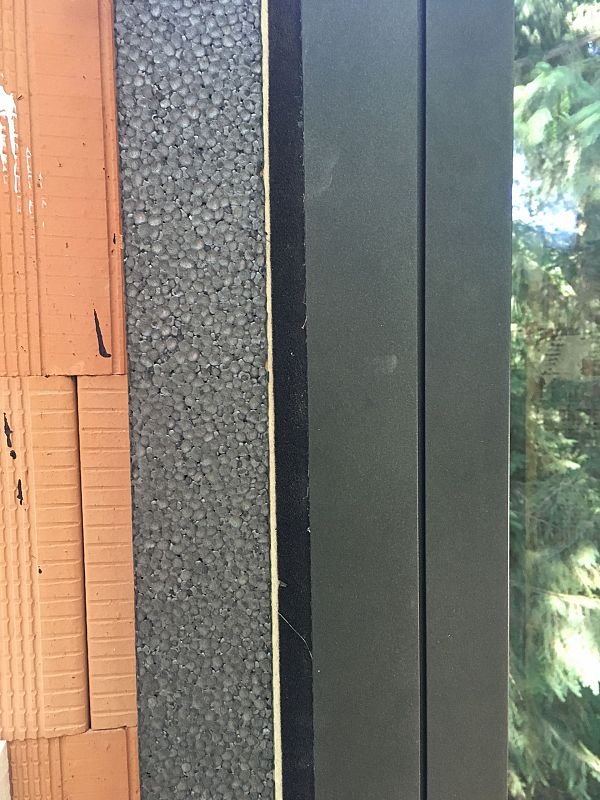How to choose windows – thermal insulation properties
Aluminium constructions
If the windows on your house or other building are too old they can negatively influence the temperature inside the building during cooler months.
You will feel it both on your own skin and on your bills for electricity, gas, wood or other heating. Besides worn-out windows, non-sealing doors, non-insulated external walls, ceilings, floors, or roofs also contribute to heat loss. After winter, you surely have it fresh in your memory, and now is the right time to do something about it with the arrival of friendlier weather. Since we are a manufacturer and seller of aluminum windows, in this article, we will focus on windows.
Window replacement is usually a significant investment, so it is always safer to entrust the measurement, selection, and installation of windows to a trusted company that has rich experience with this activity and can handle unconventional situations. We believe that among you, there are also very skillful individuals who could manage window replacement themselves, but it is essential to realize that the resulting window functionality depends directly on the correctly performed installation.
Generally, it is best to leave window selection to professionals who will advise you on the specific situation and specific building - every building requires something slightly different. However, we have compiled the following lines to partially bring you closer to what to focus on.
When choosing, you will likely first consider whether to choose plastic, aluminum or wooden windows. Each option has its pros and cons. You can read about the advantages of aluminum windows in our other article. In any case, remember that it is an investment for maybe half a century ahead, so it is worth choosing higher quality products.
Once you have chosen the material, you should focus not only on the appearance of the windows (of course, you should like them and match the facade of the building), but also search for the so-called heat transfer coefficient with regard to savings. This is a figure that will help you determine how well the window is insulated. The easiest way is to monitor the value marked with the letters Uw, which indicates the heat transfer of the entire window. You may also come across the value Ug (heat transfer through glazing) and Uf (heat transfer through the frame).
For better memorization of what each value represents, it may help you to know that the second letter is always determined by the English term for the given thing (w = window, g = glass, f = frame, there is also a value Ud / door / used in the case of doors). The value of Uw comes from the values Ug and Uf. The higher this coefficient is, the higher the heat loss.
The standard value is around Uw 1.2 W/m2K, for passive house windows, it should not exceed Uw 0.8 W/m2K. If you decide to go for aluminum windows, you can achieve values even better than the standard, for example, Uw 0.7 W/m2K. In any case, it is necessary to find a balance between the price and the heat transfer coefficient, which will pay off in the long run.
However, to make it not too simple, there are other indicators that may be important for you when choosing a specific window model. These include, for example, sound insulation and the so-called solar shading factor. But more on that next time.
After measuring and selecting a specific design, the production and installation of windows follow. You will learn how to facilitate the installation process and what to watch out for during it in the next article.




